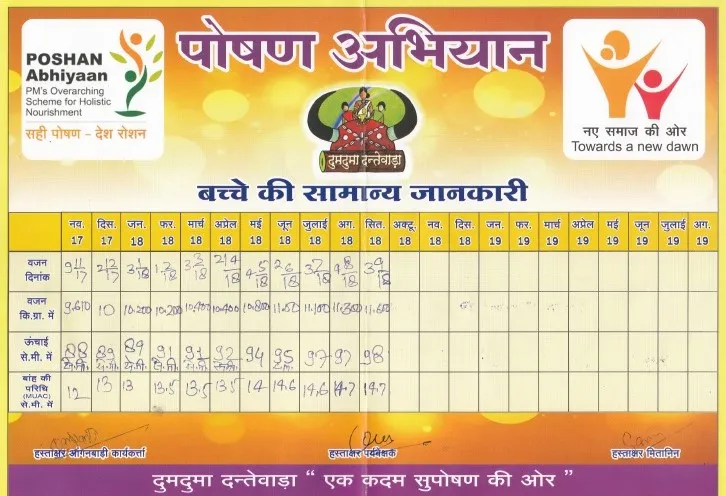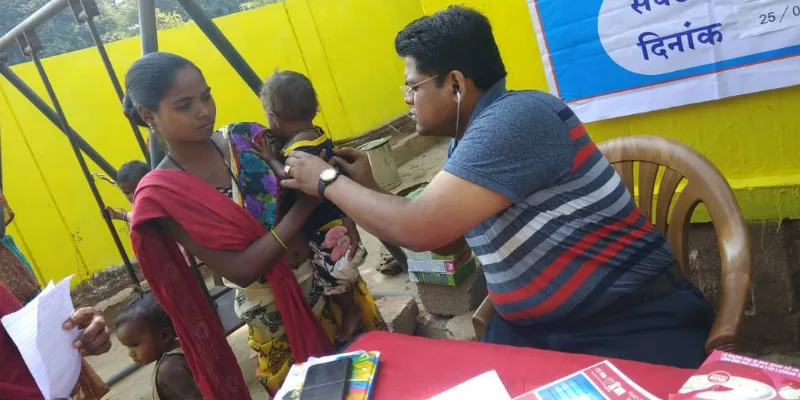Project Dumduma is fighting malnutrition in Dantewada district of Chhattisgarh
Launched in September 2017, Project Dumduma has helped to reduce malnutrition by 4.04 percent, helping approximately 928 children in the last 10 months.
In Dantewada, a remote district in Chhattisgarh, almost 40 percent of children are malnourished. Described as one of the most daunting areas to develop in India with its dense forest cover, the area has limited connectivity and a highly uneven terrain.
The high level of malnutrition is fuelled by a low focus on healthcare, and coupled with poor awareness, it is one of the toughest places to implement a government scheme.
To fight this, Project Dumduma was launched in September 2017 as “a multi-stakeholder, multi-pronged approach” in mission mode. This project is aimed at making a totally decentralised approach to the issue by involving community leaders, government officials, Anganwadi workers and the community at large.

What is Project Dumduma?
Project Dumduma runs on a technology-based platform due to the lack of offline data. It tracks weights and heights of approximately 23,000 children enrolled in 1,057 Anganwadi centres in the district.
Although spearheaded by the Ministry of Women and Child Development (WCD), the project is funded by various departments including education, agriculture, horticulture, health, AYUSH and veterinary.
While PRI leaders are involved in participatory planning and awareness programmes in all 124 Gram Panchayats in the district, Anganwadis and Anganwadi workers play a larger role.
The local community along with the Anganwadi workers meet at the Anganwadi centres to help include vegetables and fruits in the daily diet of these kids. The Anganwadi workers also supervise and monitor improvements while the WCD does a fortnightly review and the district collector monitors the progress weekly.
All the registered children have a ‘Dumduma’ card made with their individual weight, height and MUAC (Mid-upper arm circumference) data that are kept in their Anganwadi centres to help in granular level monitoring.

Combatting malnutrition
Project Dumduma incorporated 100 percent deworming and immunisation of all children and conducts regular health checkups. Since its beginning, the project has helped reducing malnourishment by 4.04 percent - helping approximately 928 children in the last 10 months.
Over a thousand children have been removed from the critical Severe Acute Malnutrition (SAM) list, and another 380 critical SAM children are being given proper attention after Project Dumduma referred them to Nutritional Rehabilitation Centres.
Apart from solving the malnutrition issue, infrastructural issues were also highlighted and solved as part of the project. This has resulted in building toilets in 88 Anganwadi centres, along with providing drinking water facilities in 31 centres and additional solar and grid electrification in 11 centres since November 2017.
The project has not only helped in improving the lives of these children but also brought the issues of malnutrition and lack of diet to the front of the district’s agenda - helping to improve the nutritional profile of the area.







